
Background information
Garden calendar: June
by Aurel Stevens

July is the month of joy for every gardener: the work is now bearing fruit and the harvest is being harvested! It's incredibly satisfying to serve your own produce. However, there is still a lot of work to be done - we'll show you which ones in the calendar page for July.
What was true for June is even truer in July: water until your wrist hurts! In the hottest month of the year, you should water your garden regularly. Unfortunately, a small plum tree that I left in a corner withered. If there are several hot days in a row, this can unfortunately happen very quickly to tender plants.
You don't have to water all your plants every day. Healthy, strong plants in sufficiently large containers do not dry out immediately. I like to give tomato plants, for example, a bit of time to grow deeper roots. Nevertheless, a check-up after a very hot day won't do any harm, of course.
Everything about garden irrigation
Bark mulch helps - but not everywhere!
A good idea is to spread bark mulch. The coarse pieces prevent the soil from drying out. They also slow down the spread of weeds. In the colder months of the year, bark mulch prevents the soil from cooling down. And finally, it decomposes within two to three years and provides the soil with valuable nutrients.
But be careful: Bark mulch also has disadvantages! On the one hand, it removes nitrogen as it decomposes. In potato beds, which require a lot of nitrogen, bark mulch is therefore counterproductive. You would have to counteract this with horn shavings. In addition, bark mulch releases tannins. Some plants that prefer alkaline soils don't like this; onions, carrots, strawberries and lavender are among them.
Weed, weed, weed
What was true in June is also true in July: you don't want any competition for your crops in your beds. You should regularly remove weeds in and around your beds. With burdock, vetches or ornamental grasses, it is sufficient to pinch off the seeds. It is much less tedious to remove their fruits in good time than having to dig up the entire soil afterwards because the uninvited guests have spread.
Dry compost
Turf
During the hot months, your lawn should be watered regularly. However, lawns are much more resilient than many people think. A healthy lawn can easily withstand a few hot days. I only reach for the watering can during extended dry periods that last longer than a week.
If, however, the lawn is in the establishment period - for example, because you have unfortunately just reseeded and have been caught out by a dry spell - then you will have to help out for better or worse. A lawn sprinkler helps to water the lawn regularly. A good trick for dosing the water: Place a saucer on the lawn. If it is filled with approx. 1.5 cm of water, you have watered enough. You don't want to drown the roots.
July is a good time to fertilise the lawn a second time. The best time to do this is when the weather forecast predicts a few rainy days. The fertiliser must be able to spread well thanks to the water, otherwise it will be applied too heavily and can damage the grass roots. If you want to find out more, Andreas' detailed article on lawn care will help you:
It's too late for
Plant now
Edible flowers
We will write a separate article on the topic of edible flowers. Because many more flowers than you think are edible. For today, here are a few plants that make beautiful eye-catchers for salads or side dishes and that you are very likely to find in your garden right now.
It can also be worth changing the water regularly. Not necessarily because of the birds, but so that mosquito larvae don't have a chance to develop. As mosquitoes develop very quickly, it is worth "cleaning" the water every week by pouring out the old water and refilling the drinker.
Our hedgehog couple are still busy prowling through the bushes at night, decimating the plague of snails that are trying to get at our radishes. Let's see if the two find each other and produce offspring soon. I've done some research and now know that we can look out for baby hedgehogs from around September.
I'm the master tamer at the flea circus that is the editorial team, a nine-to-five writer and 24/7 dad. Technology, computers and hi-fi make me tick. On top of that, I’m a rain-or-shine cyclist and generally in a good mood.
Interesting facts about products, behind-the-scenes looks at manufacturers and deep-dives on interesting people.
Show allYou don't really need to do much more planning in July if you have done your "homework" before the season. However, now that you can harvest some plants, the question arises as to whether you want to sow or plant something in the same spot again. For a second round of planting, just make sure that you don't follow up a strong crop with another strong crop; give the soil a chance to recover and plant a weak crop or green manure instead. I described this in more detail in the April calendar sheet.

What happened to me can happen to you during the hot days: the compost started to smell. What did I do wrong? Compost always starts to smell when the composting climate is severely disturbed. If the compost is too moist, it tends to go mouldy. If it is too dry, the rotting process, an anaerobic decomposition process, does not start. So not only does the compost stink, the contents don't decompose either! That's why I added some grass cuttings and, a day later, water. I will repeat this if necessary until the compost has returned to its almost odourless climate and the decomposition process is working again.

As we all know, the days are getting shorter again. Pumpkins, potatoes, peppers, tomatoes... anything that needs a lot of time to grow and ripen can no longer be put to good use until the weather gets too cool in late summer. Yes, pre-sprouted (!) potatoes can still be planted. However, you can no longer expect a bountiful harvest - unless you explicitly want to harvest small young potatoes in autumn. Pumpkins, on the other hand, will hardly make it to maturity. At best, you have a chance if you find vigorously grown seedlings.
Everything that needs less time or can explicitly cope with cooler temperatures, such as kohlrabi, lamb's lettuce and winter radish, can be sown and planted without any problems. And that's quite a lot! Radishes, lettuces, cucumbers & Co. thrive without any problems until autumn. Courgettes and pumpkins can also be sown (again) - although, as with potatoes, you can't expect too many more large specimens. Personally, I'm a fan of handy vegetables anyway. Sure, gigantic pumpkins and courgettes are impressive, but I like the smaller and less watery specimens better.
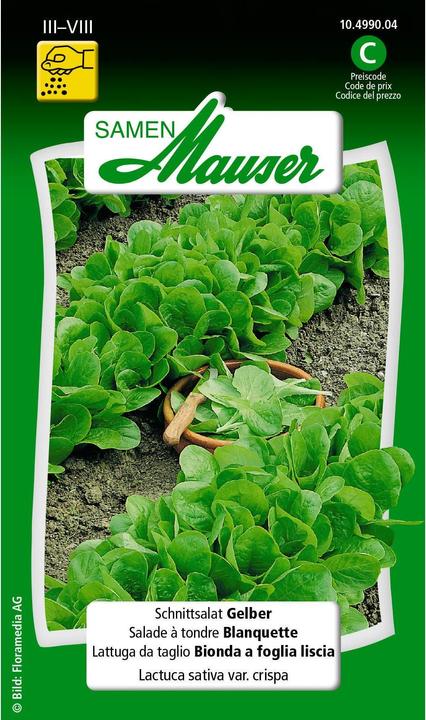
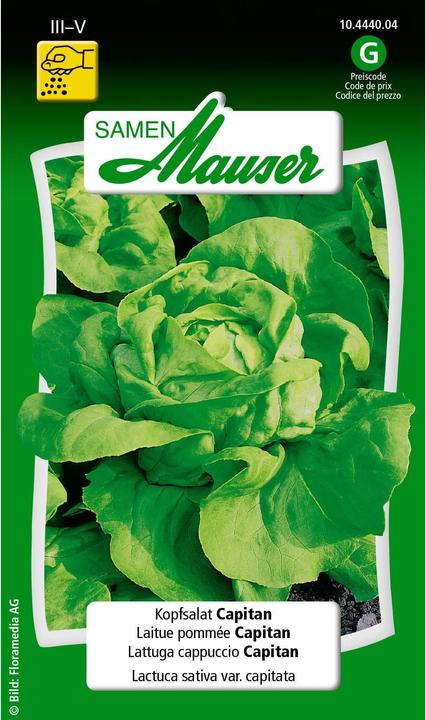
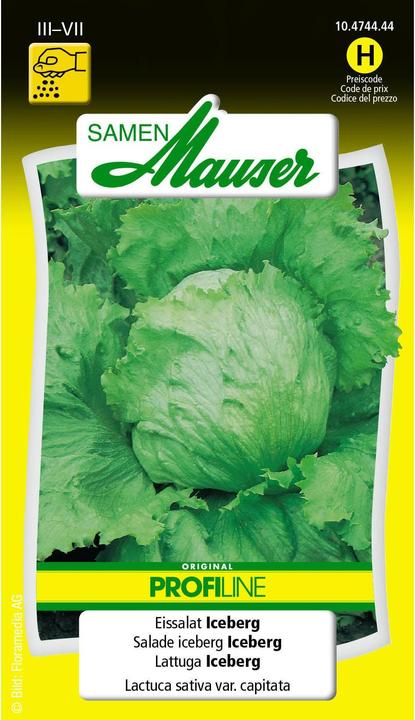

Samen Mauser Rande Tonda di Chioggia
Vegetable seeds
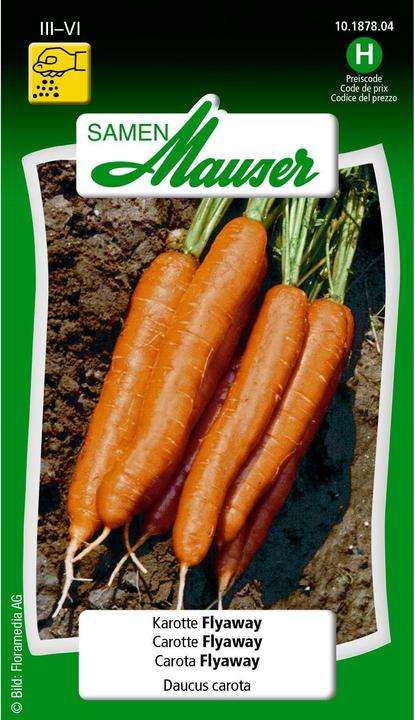
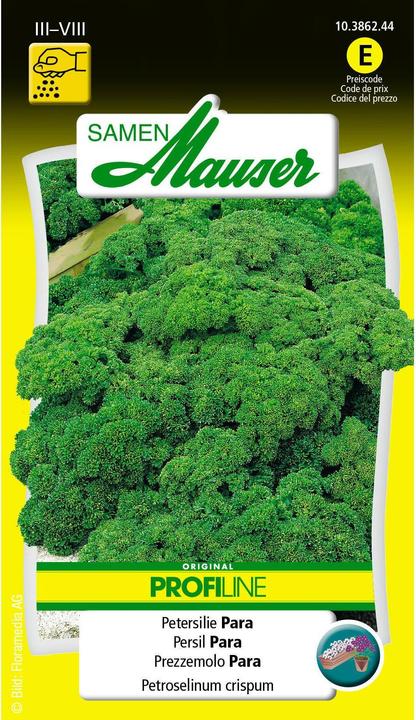

Samen Mauser Pith pea Pisum Profiline
Vegetable seeds
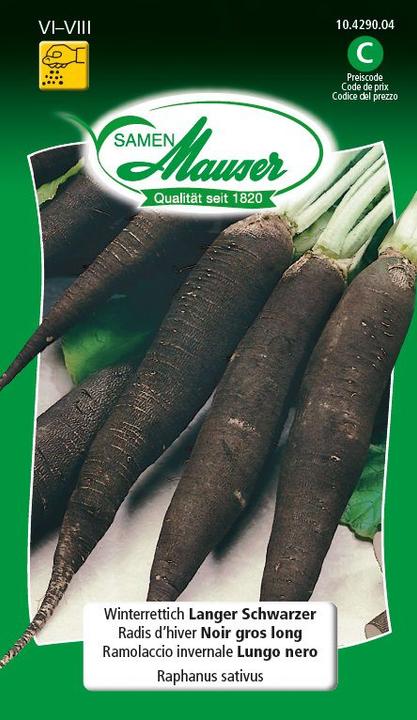
Samen Mauser Winter radish Long black
Vegetable seeds
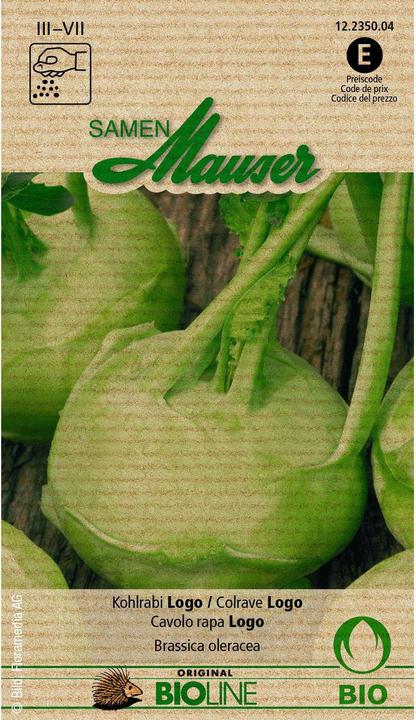
Samen Mauser Bud Organic Kohlrabi Logo
Vegetable seeds
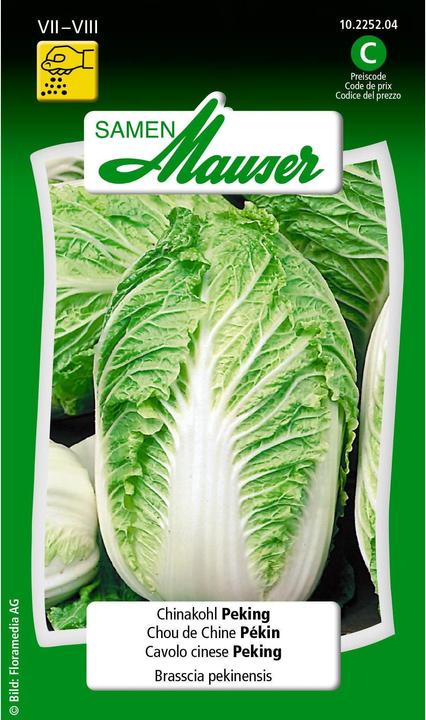
Samen Mauser Chinese cabbage Peking
Vegetable seeds

What certainly makes sense in the hottest month of the year: why not put a bird bath in the garden? Watching the blackbirds and sparrows splashing around can be a lot of fun. Especially during dry periods, you can encourage the peeps to visit the garden. What you should bear in mind: The watering hole should be elevated - preferably so high up that the area is safe from cats. It is also important that the area around the drinking trough is clearly visible so that the feathered guests feel safe and can relax and enjoy their bath.
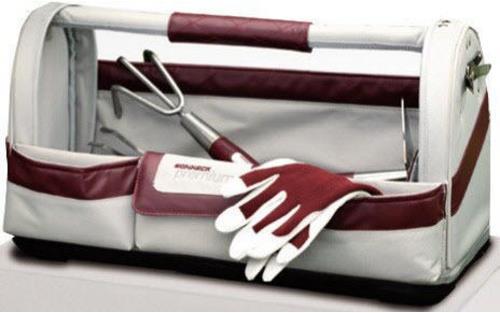





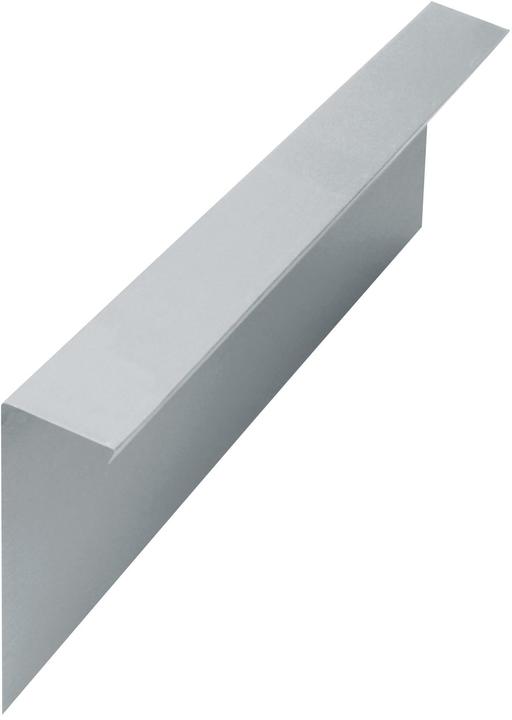
Bellissa Screw plate 100x20cm
100 cm

Siemens EQ700 integral TQ717D03